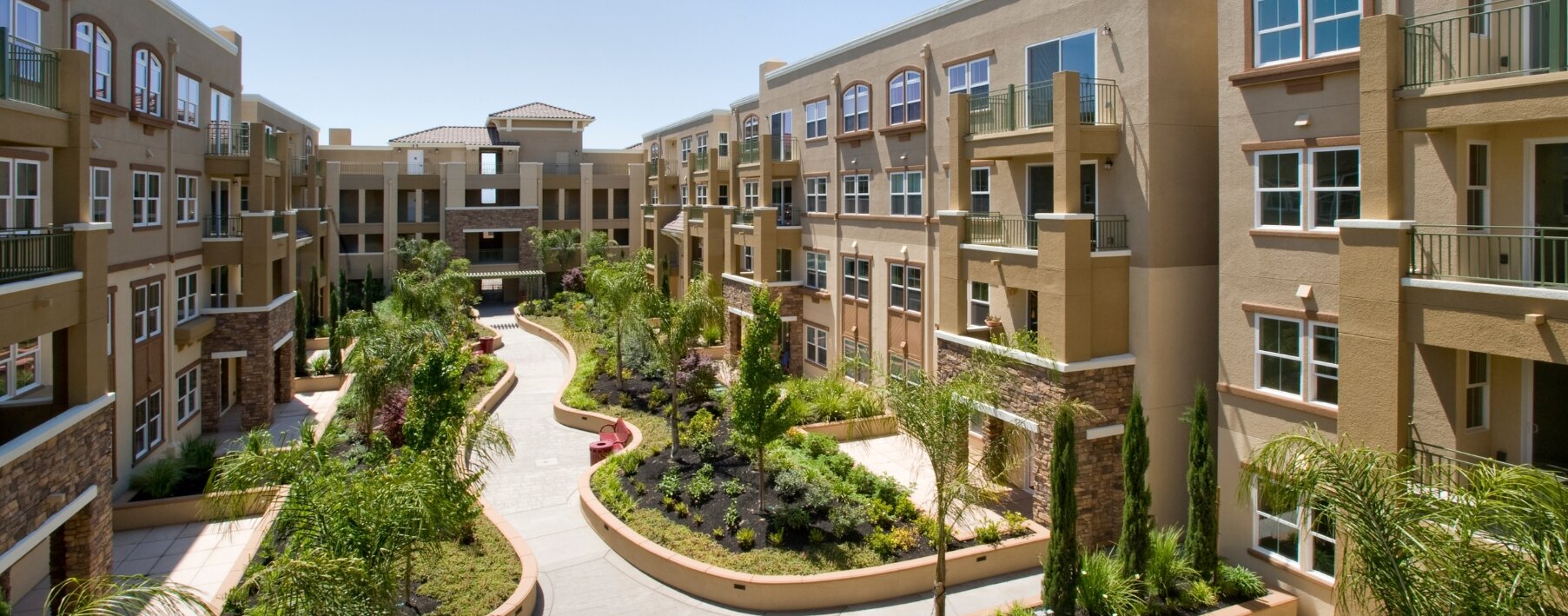The Value of Guaranteed Replacement Cost [Insurance Perks]

Imagine how devastated you would be if your home burned down tomorrow or was completely destroyed in a disaster such as a tornado. Thankfully, you have homeowners insurance coverage that will help you replace or rebuild your property following a total loss… but what if that coverage isn’t enough to actually make you whole again?
Guaranteed replacement cost insurance can provide you with the peace of mind that even if the full cost to rebuild your home is more than you anticipated, you won’t be left paying the difference out of your own pocket. Here’s a look at what a guaranteed replacement cost endorsement is, how it works, and how it compares to other coverage levels, such as actual cash value or extended replacement cost.
Key takeaways
-
Guaranteed replacement cost coverage is an optional rider that can be added to an existing home insurance policy.
-
With guaranteed replacement coverage, your dwelling can be rebuilt or replaced following a covered loss, even if the total cost exceeds your policy’s standard dwelling limits.
-
Guaranteed replacement coverage can help protect homeowners against unexpected costs, such as inflation or supply and demand, which can make it more costly to rebuild after a total loss.
What is guaranteed replacement cost?
Guaranteed replacement cost insurance is an optional endorsement or rider that can be added to your homeowners insurance policy. This coverage provides you with added coverage to completely replace or rebuild your home following a covered total loss if the total expenses add up to more than your policy’s dwelling coverage limits (also known as Coverage A).
How does guaranteed replacement cost work?
When buying homeowners insurance, guaranteed replacement cost coverage is another important option to consider. It offers extended coverage if your home is destroyed and the actual replacement cost exceeds the limits set for your base policy.
For example, let’s say you purchased $400,000 worth of Dwelling A coverage for your home when you bought the property. This coverage limit is set according to the market value of your home, and you plan to revisit those numbers regularly.
However, the next year, your home burns down in a wildfire, along with many of your neighbors’ homes. Everyone is safe, but your house is a total loss and will need to be rebuilt from the ground up. Because so many homes in your area also need to be rebuilt, there is a shortage of not only materials but also labor, bumping costs up and exceeding your policy’s $400,000 limit. In fact, your house will now cost around $480,000 to rebuild!
Rather than cover that $80,000 difference out of pocket, guaranteed replacement cost coverage would step in to handle the difference. This ensures that you're protected regardless of increased expenses and how much it’ll cost to rebuild at the time of loss.
The remaining four coverage levels explained
In addition to guaranteed replacement cost, home insurance policies offer several different levels of protection. Each helps determine how much coverage your insurance company provides following a loss and how those numbers are calculated.
-
Actual cash value (ACV): With actual cash value coverage, your dwelling and personal belongings are repaired or replaced according to their actual value at the time of the loss. This number factors in conditions and depreciation, so you may need to cover a portion of the replacement cost out-of-pocket.
-
Replacement cost value (RCV): With replacement cost coverage, your damaged or destroyed home is replaced at its current value without factoring in depreciation, age, or condition at the time it was destroyed. This means that if your 10-year-old roof is destroyed in a storm, it will be replaced with a comparable roof without any out-of-pocket cost to you, up to your policy limits.
-
Extended replacement cost: Like replacement cost coverage, extended replacement cost insurance makes you whole again following a loss, regardless of how old or worn your home and belongings were when they were destroyed.
-
Functional replacement cost: Some homes would be especially expensive to replace following a covered loss due to factors like antique fixtures, custom accents, or now obsolete building materials. Rather than try to source the same items, functional replacement cost coverage replaces those materials with more common or less costly ones that are still functionally comparable.
Guaranteed replacement cost vs. other coverage levels
Here’s a rundown of how guaranteed replacement cost coverage compares to other homeowners insurance coverage levels.
-
Guaranteed replacement cost vs actual cash value: If your home is destroyed by an eligible peril, guaranteed replacement cost coverage will pay to rebuild or replace it even if it costs more than expected. On the other hand, actual cash value coverage will only provide homeowners with the value of their home at the time of the loss, accounting for factors like depreciation, age, and condition.
-
Guaranteed replacement cost vs replacement cost value: Replacement cost value coverage will pay to rebuild or replace your dwelling up to your policy’s coverage limits. Guaranteed replacement cost will do the same, even if the total exceeds the set policy limits.
-
Guaranteed replacement cost vs extended replacement cost: Both levels boost the amount of coverage provided by your policy following an eligible loss. The difference is that while extended replacement cost policies raise your coverage limits by a set percentage (usually between 10% and 50% of your standard policy limits), guaranteed replacement cost doesn’t put a cap on making you whole.
Guaranteed replacement cost vs functional replacement cost: Both coverage levels are intended to rebuild or replace your property following a covered loss, but functional replacement cost coverage is designed for dwellings that are old, antiquated, or would otherwise be difficult to replicate.
Do you need a guaranteed replacement cost add-on?
When buying home insurance, guaranteed replacement cost coverage can be a valuable addition. It protects you from inflation and rising building and labor costs that could eat up your available coverage limits following a loss. Without this coverage, you could be left unexpectedly paying for a portion of your rebuild out of your own pocket.
This coverage is especially valuable if you live in an area that might be prone to natural disasters, such as wildfires or tornadoes. If your home is one of many destroyed at the same time, materials and available labor will be harder to come by and may temporarily inflate costs above your coverage limits.
How much does a guaranteed replacement add-on cost?
As with many homeowners insurance endorsements, the cost of a guaranteed replacement add-on will depend on your carrier, location, and the type of homeowners insurance policy you have. It can even vary based on factors like the value of your home and your personal insurance score.
Generally, though, adding a guaranteed replacement rider onto your homeowners policy will typically only cost you a few extra dollars a month.
Still have questions?
Still trying to decide if a guaranteed replacement rider is the right choice for you and your homeowners insurance policy? Here are some of the most frequently asked questions.
Which is better, having replacement cost or guaranteed replacement?
Replacement cost coverage will pay to repair or rebuild your home following a covered loss, but the total amount your carrier will pay is capped at the coverage limit you choose when buying the policy. If it costs more than expected to rebuild your home — due to inflation or material and labor demands — you may be stuck paying the difference out of your own pocket. On the other hand, guaranteed replacement cost coverage will make you whole again, even if the total cost exceeds your Coverage A limits.
What is a replacement cost option?
Insurance replacement cost options provide homeowners with full coverage for their dwelling and/or belongings, regardless of condition or age. Replacement cost coverage doesn't take depreciation into account, so your eligible assets can be repaired or replaced following a covered loss up to your policy's coverage limit(s).
How is replacement cost determined?
Replacement cost is determined by how much you’ll have to pay to replace or repair your covered belongings. With dwelling insurance, for example, replacement cost coverage will pay to completely rebuild your home as it was following a covered loss, up to your policy’s coverage limits.
What is a replacement cost example?
An example of replacement cost coverage is if your $400,000 home were to be destroyed in a fire and needed to be completely rebuilt, your carrier would pay to do so up to your policy’s total coverage limit. This coverage wouldn't consider your home's age or condition (even if you had a 20-year-old roof) and wouldn't factor in any depreciation. As long as the rebuild didn't exceed your policy limits, your only out-of-pocket expense would be your policy deductible.



